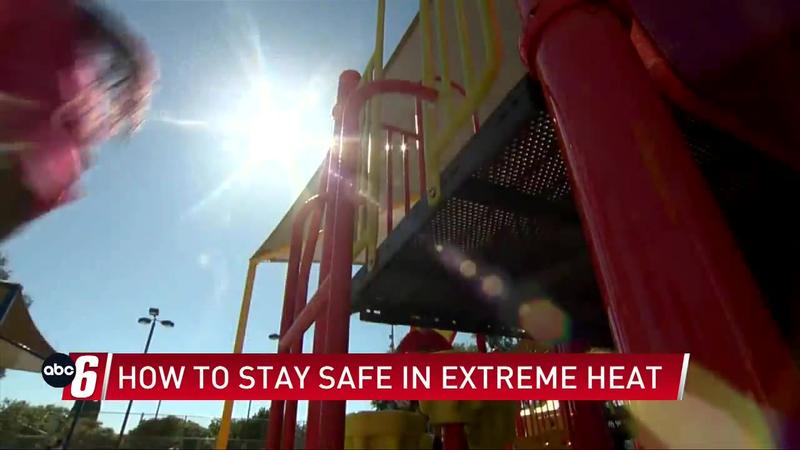Severe Weather: Extreme Heat
[anvplayer video=’5101424′ station=’998128′]
(ABC 6 News) – While Minnesota and Iowa are not primarily known for extremely warm seasons, there are times where we can turn up the heat.
According to the National Weather Service, heat is the top weather killer in the US. The heat index is the “feels like” temperature during the summer when factoring in the humidity.
Meteorologist Todd Shea from the National Weather Service in La Crosse, WI explains why the humidity plays a role. “The humidity adds that uncomfortable moisture. That added moisture makes it more difficult for our bodies to evaporate the sweat and cool the body down.”
You’ll probably hear the terms heat advisory and excessive heat warning this summer. A heat advisory is when the heat index gets between 100-104°F. It becomes an excessive heat warning when that mark reaches 105°F or warmer.
Staying hydrated and taking cool-down breaks in the shade or air conditioning are both essential. It is also important to not leave pets or small children in hot cars as they could develop heat stroke in a matter of minutes.
Albert Lea Deputy Fire Chief Jeff Laskoske elaborates on why “In 10-15 minutes, we can raise the temperature 10-20 degrees. 70 degrees may not seem that warm, but even with just cracking the window a little bit, the sun coming through those windows will raise the temperature quite a bit.”
Extreme heat does not only affect the human body, it also can have a drastic impact on the environment. It makes us more prone to brushfires and wildfires.
Shea describes the conditions that make wildfires and brushfires more favorable. “We’re looking at drier conditions, lower relative humidities, maybe the grasses are brown or cured, and we end up with strong winds.”
It is especially dangerous when these fires get going in wooded areas or near communities where they can spread quickly. The situation is only made even more dangerous by the hot conditions.
Deputy Chief Laskoske explains the reason why hot conditions make fighting fires harder. “It just takes a lot more personnel cause you have to have rehab time for those fire fighters. You keep pushing them through in those high heat conditions; that’s where you can have issues. That’s where you can have injuries on just a simple grass fire.”
During a heat advisory or excessive heat warning, it is also important to check in on any friends and family to make sure they’re okay. One sign that someone might be getting heat exhaustion or even heat stroke is not sweating.
Download the ABC 6 NEWS NOW app for severe weather, breaking news, and the day’s top stories.

